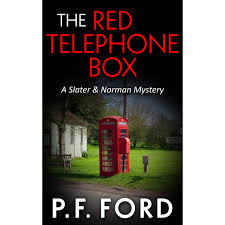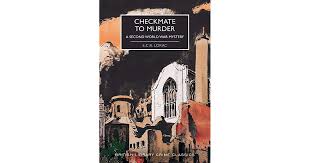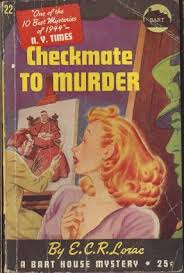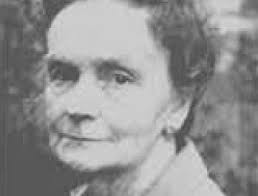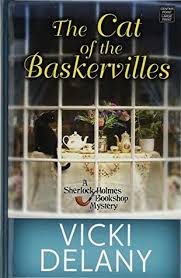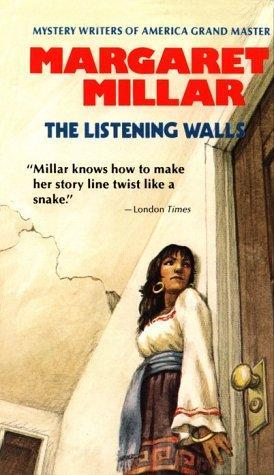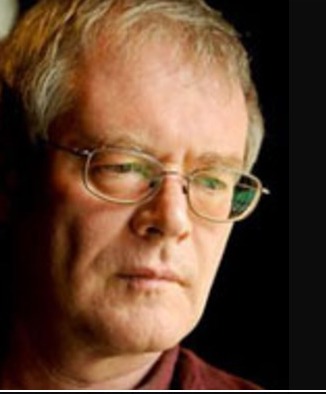The Red Telephone Box (2015) by P F. Ford
GoodReads meta-data is 258 pages, rated by 4.26 by 480 litizens.
Genre: krimi.
Verdict: STFU, Dave!
It seems someone has set fire to Dave’s partner’s digs while said partner has disappeared into the night. What follows is a police procedural, an approach I usually like.
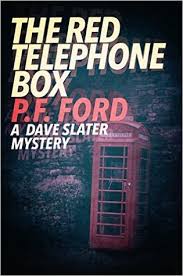
In this instance the police procedure is overshadowed by Slater’s constant, petulant sulking about everything from a lumpy mattress to a parking place. His knickers are constantly knotted and he lets everyone know it far and wide. Within the first five pages he has antagonised everyone he encounters (including this reader), and it gets worse after that. He is such a spoiled brat it is hard to take him seriously as a mid-thirties career copper in his fifth outing on the page. What a piece of work is this man!
How could any responsible manager (let alone author) turn this immature self-indulgent paranoid loose on the public became my question. He is credited with a good clear-up rate but I suspected the missing partner might have fiddled the books and then done a bunk with he caught wind of an audit. Think about it and it adds up.
On the other hand Dave’s constant whining allows his supervisor to tear strips off him and that is fun. When Slater is not breaking the china and blaming everyone else for his clumsy ineptitude there is some nice police procedure using CCTV technology and shoe leather to find eye witnesses to fill in the blanks and blurs of the film. But in the end all of this is undermined, and proven irrelevant. What a let down that is. The interest readers invested in the procedure was wasted and with it vanishes trust in the author. Surprise, Reader, there was no point to it. And here I thought contempt for readers was the preserve of Post Modernism.
There is a neat but totally irrelevant interlude with a Serbian arsonist that occupies the foreground for a quarter of the book and then — poof! — is gone. Not what one might call an integrated plot.

Slater is as annoying as the Bulgarian discussed an earlier post, do pay attention: inept, self-indulgent, slow witted, and clumsy.
This is the fifth instalment of Detective Sergeant Dave Slater series, but the first and last for this reader.

